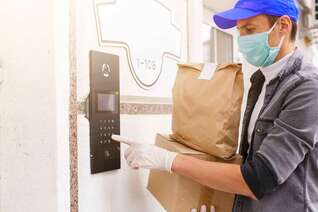 Winter weather can make it that much more difficult to entice people out of the house and into your dining room. But takeout and delivery could be an easier sell – if you make it worth their while. Is your menu up to the task? Your restaurant might take some cues from the surprise success of Rick Bayless’s Tortas Frontera restaurants at O’Hare Airport. While airports aren’t necessarily known as great destinations for a quality meal, Bayless has managed to make his restaurants such a draw that, according to a recent article in the Washington Post, business travelers are known to purposely schedule connections and layovers at O’Hare just so they can pick up a meal at Tortas Frontera. It gives new meaning to motivating guests to go out of their way to come to your restaurant. The Post article shares how Bayless has ensured his restaurant delivers the kind of quality that keeps guests coming back – and thinking about his restaurant even if they live across the country from it: He knew that his guests would likely be picking up their food, then boarding their plane, then waiting for takeoff and the beverage cart, before digging into their food – a process that would likely take about an hour. So when testing his menu, Bayless placed finished dishes in to-go boxes and let them sit at room temperature for an hour before tasting them, then adjusted the recipe as needed. It’s a formula that restaurant operators looking to grow their delivery business could use too. Taking the time to understand the typical journey of a takeout meal, the habits of those eating it, and how long it generally takes between a meal’s preparation and consumption – can help you make the incremental adjustments a recipe needs to turn casual customers into loyal guests. 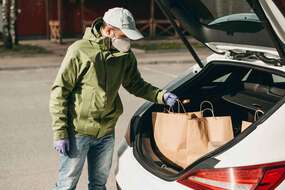 If your curbside pickup business has become an important stream of business for you in the past couple of years, you may be seeing some increased competition from not only fast-casual competitors but also convenience stores. According to research from the National Association of Convenience Stores, 38 percent of c-store operators plan to expand app-based ordering and payments, 32 percent plan to expand mobile ordering for in-store pickup, and 14 percent expect to offer more ordering options at the pump for in-store pickup. As food options available at convenience stores improve, restaurants will need to find ways to differentiate themselves – or even partner with these businesses to capture sales from customers on the go.  While restaurant delivery surged during the worst parts of the pandemic, momentum has slowed as consumers have returned to in-person dining and takeout orders. In fact, a recent study from Paytronix found that takeout now accounts for a majority of all digital orders. In the background, restaurant tech companies have been stumbling amid layoffs and profitability challenges. This has led some to question the long-term viability of delivery, which was difficult for restaurants to make work financially even in more stable economic times. On the surface, a rise in takeout business sounds like good news. But it may be just a blip before tech-driven delivery rebounds, according to a new book, Delivering the Digital Restaurant by Meredith Sandland and Carl Orsbourn. They say restaurant tech is still in its infancy and it can be difficult to imagine a different way of operating, but “there are places in the world where delivered food is actually cheaper than eating at a restaurant, even without drones and sidewalk robots and automated food trucks cooking en route.” Delivered food at a lower cost is possible, they say. However, front-of-house staff, dedicated dine-in space, prime real estate, and a third-party companies making deliveries aren’t part of the picture in those cases. As much as restaurant businesses have winnowed down their operating models, there is likely much more change to come. If delivery is a critical pillar to your business, how might you further transform your model to make it work? 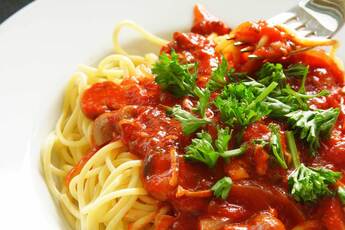 One silver lining of the pandemic for the restaurant industry has been how restaurant operators have shown the ability to creatively reinvent themselves – and well beyond the menu. In addition to creating curbside pickup lanes, working from ad hoc kitchen setups and streamlining the ordering process to improve how food is provided to customers, restaurants have expanded their offerings available for purchase. While operators may not need to go as far as selling toilet paper and other household staples as we emerge from the pandemic, it makes sense for them to think broadly about what they can do to generate new revenue streams – whether from guests visiting in person, those at home or even those who live nowhere near the brick-and-mortar business. Is your restaurant known for a special marinade, salad dressing or sauce? Could it develop one that could be sold on your website, in local stores or in larger wholesale forums? Is there other merchandise you could offer to guests who have made your restaurant part of their summer vacation traditions over the years? Could you offer a subscription for meals, desserts or homemade bread in exchange for unlimited coffee or a free glass of wine when the subscriber purchases a meal from you in person? Could you collaborate with a complementary restaurant or unrelated business to create a series of special offers? Tap into your data about customer preferences to better understand what drives your guests to your business. How can you take your most enticing offerings and ensure you’re generating as much business as you can from them? One of the biggest restaurant industry stories – and challenges – of 2019 was about sustainability. Even brands that had taken the initiative to invest in compostable, eco-friendly packaging were surprised to learn that these materials were still ending up in landfills. Blue Bottle Coffee, which operates coffee cafés across the U.S. and parts of Asia, is one such business, and it is handling the problem in a way that’s worth watching if you’d like to improve your record (and story) when it comes to sustainability. Blue Bottle Coffee’s CEO, Bryan Meehan, recently announced that since discovering that too many of its 100 percent compostable, bioplastic cups and straws were ending up in landfills, the company created a policy that by the end of 2020, all of its U.S. cafés will be zero waste. (According to Zero Waste International Alliance’s definition, this means that at least 90 percent of the operation’s waste will be diverted from landfills.) The company is also testing out a program in the San Francisco Bay area to eliminate single-use cups – until now the company has gone through 12 million single-use cups annually in its U.S. cafés alone. Meehan also pushes a commitment to not only recycle but to reduce and reuse – and tells stories about his family’s efforts in these areas. He readily admits that it’s not an easy, inexpensive or convenient undertaking to make similar changes at Blue Bottle. He says on the company’s blog, “a commitment to reuse will wreak havoc on every aspect of our pilot cafe’s operations. We expect to lose some business.” But by taking an extreme stand and being open with consumers about its plans, the company also stands to increase its relevance – and win business in the process.
If you think restaurant delivery is big now, there is more to come: The NPD Group said in 2019 that restaurant digital orders have grown at an average annual rate of 23 percent since 2013 and will triple in volume by the end of 2020. At the same time, consumers have yet to commit to one third-party delivery provider, so they are willing to accept promotions from the many companies angling for their business. If you offer delivery or are considering it, now is a good time to see how providing it through your own digital platform might work for you. Nation’s Restaurant News expects more brands to take this route in 2020 in an effort to build more permanent relationships with customers – all while maintaining control of data and avoiding third-party delivery fees. Physical restaurant structures are continuing to change as well, with more restaurants not just creating separate prep lines and pick-up windows, but investing in virtual kitchens and other satellite facilities in close proximity to delivery customers in an effort to compete for business. In fact, Michael Schaefer, Euromonitor global lead for food and beverage, recently told Restaurant Dive that virtual kitchens and drop-off points will be crucial to compete in the future of delivery.
|
Subscribe to our newsletterArchives
April 2024
Categories
All
|
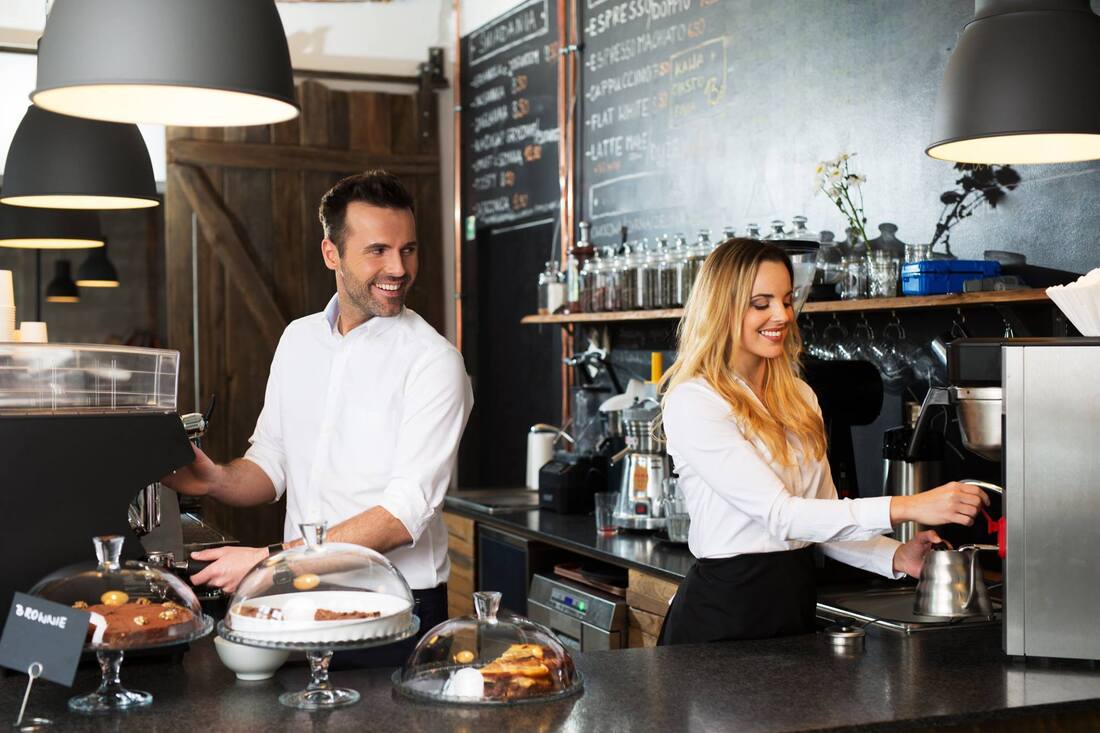
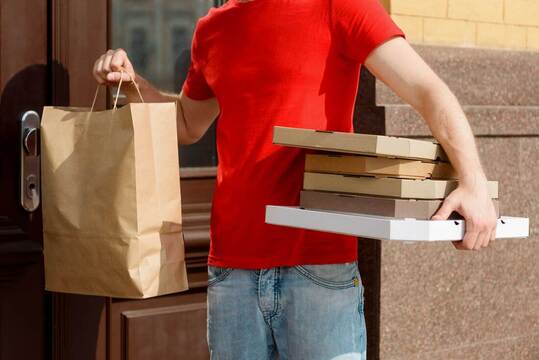

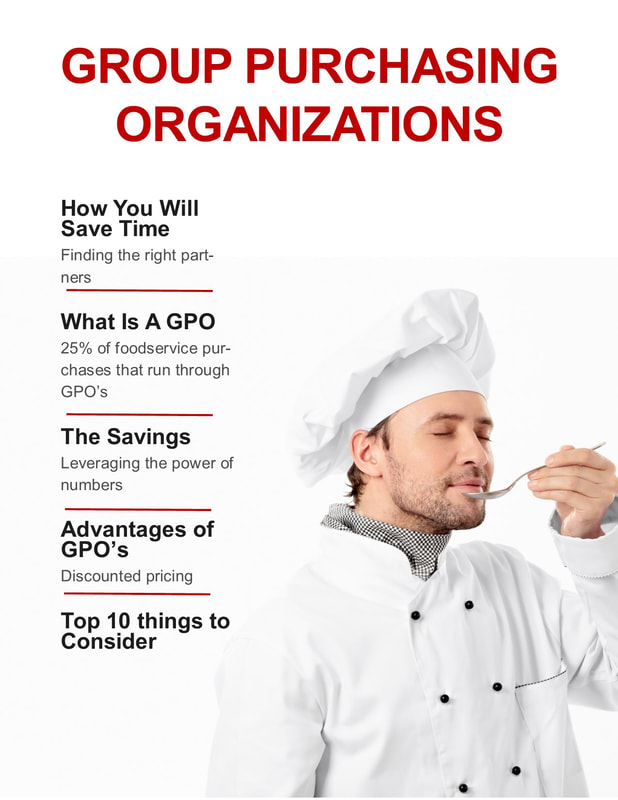

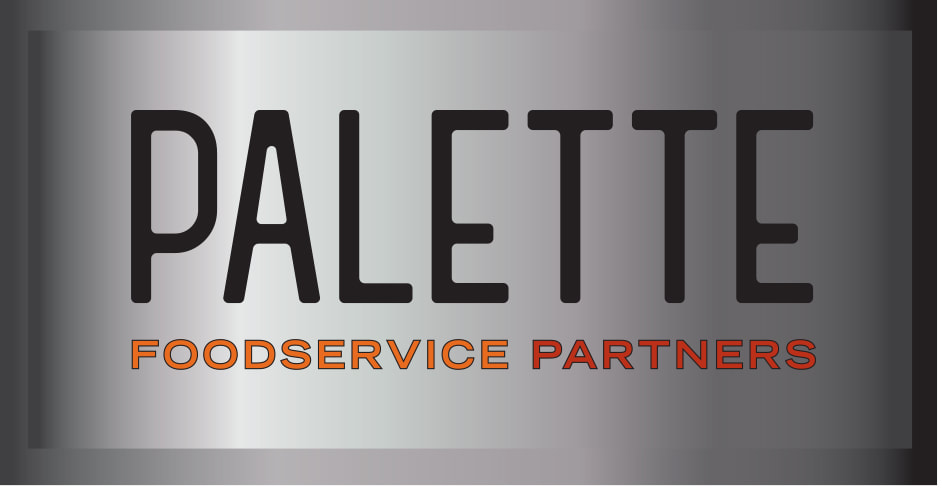
 RSS Feed
RSS Feed